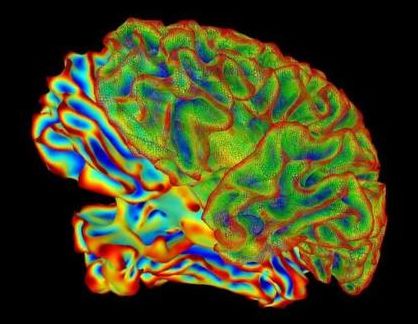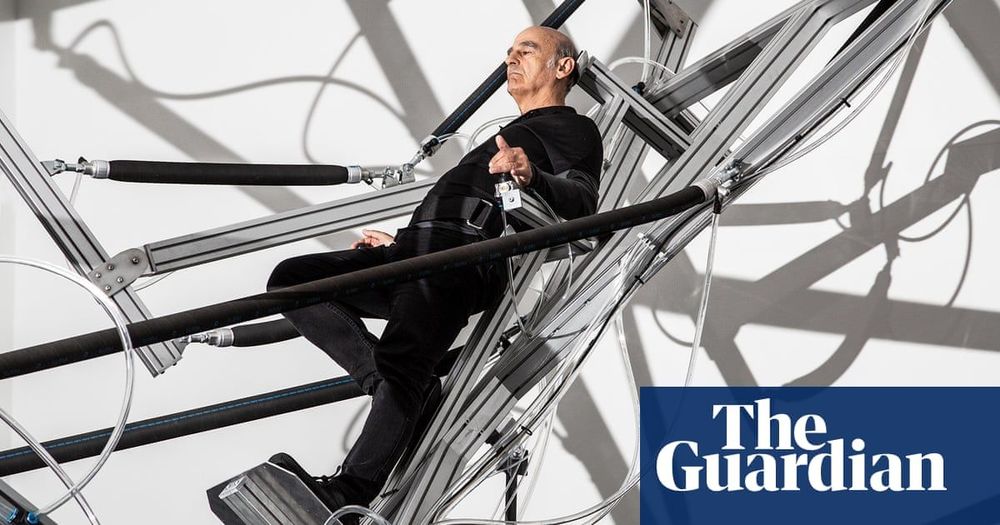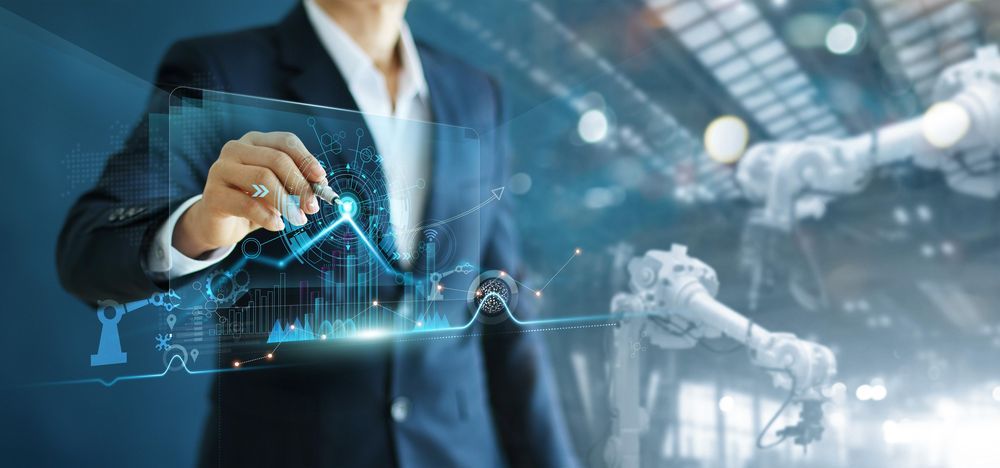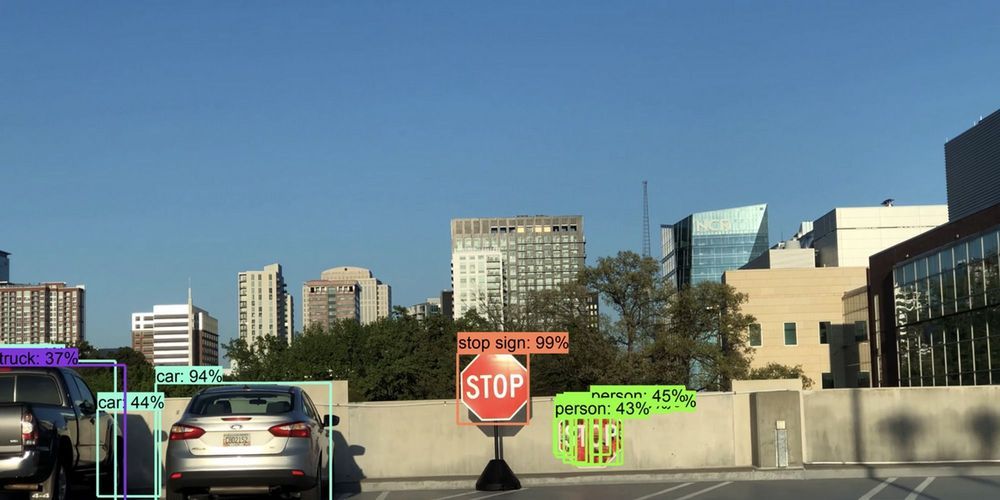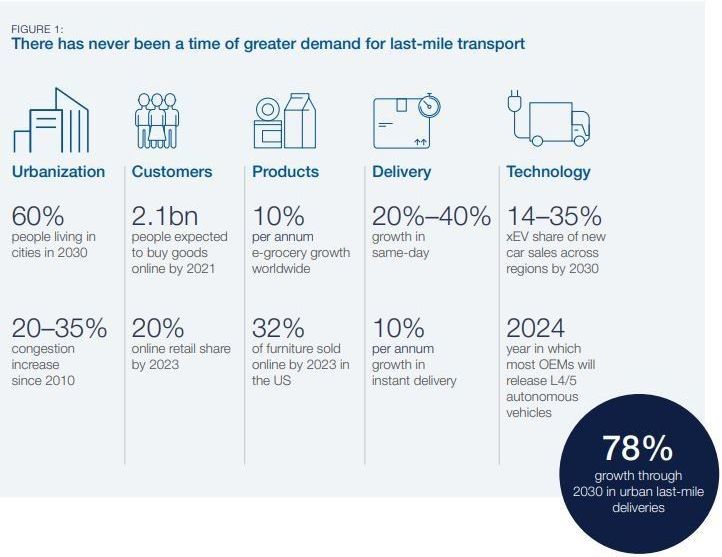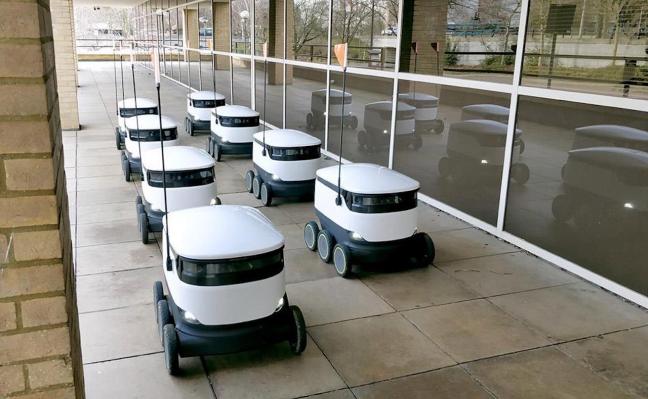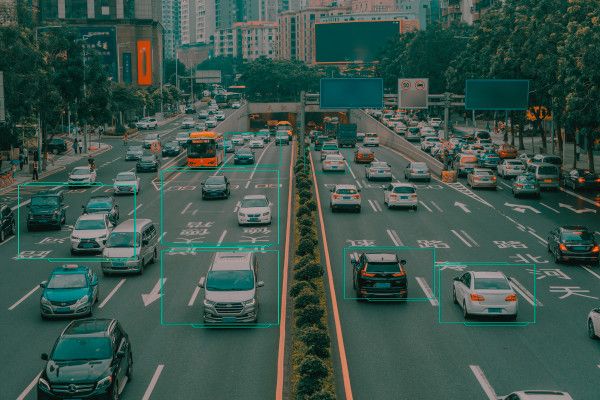The Milky Way in the sky of Ali Prefecture, southwest China’s Tibet Autonomous Region, Sept.27, 2018. (Xinhua/Purbu Zhaxi)
The star, named LAMOST J040643.69+542347.8, has an estimated rotational velocity of 540 km per second, which is about 100 km per second faster than that of the previous record holder, HD 191423.
BEIJING, April 9 (Xinhua) — A Chinese astronomer has discovered the fastest rotating star in the Milky Way galaxy based on data from the Large Sky Area Multi-Object Fiber Spectroscopic Telescope (LAMOST) located in Xinglong, in northern China’s Hebei Province.

